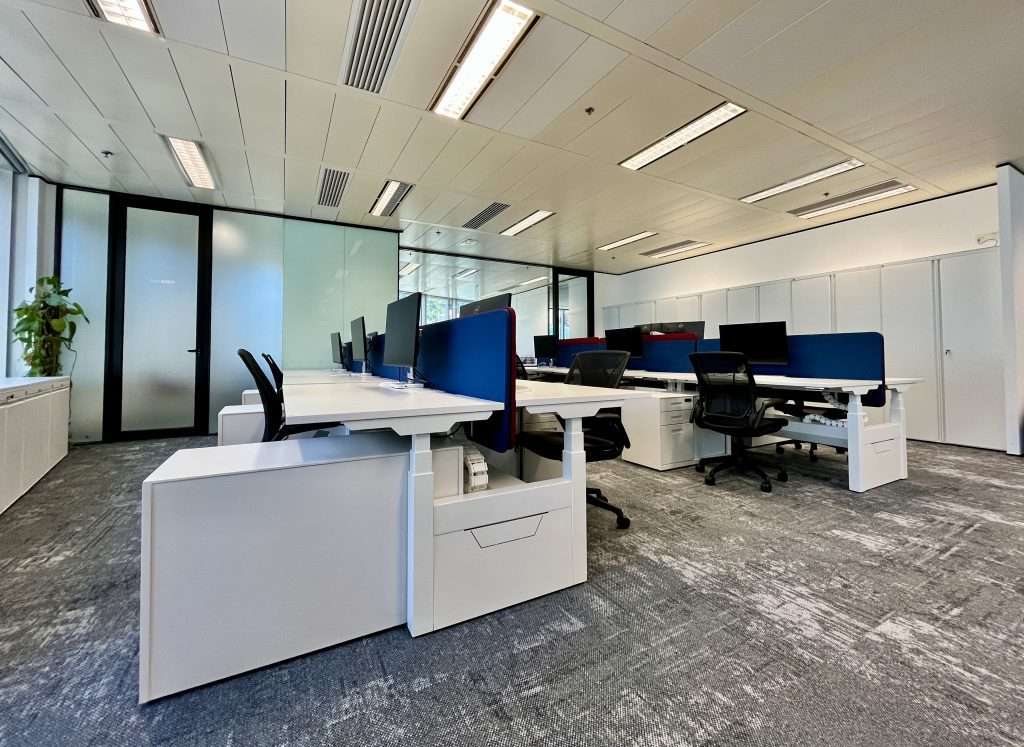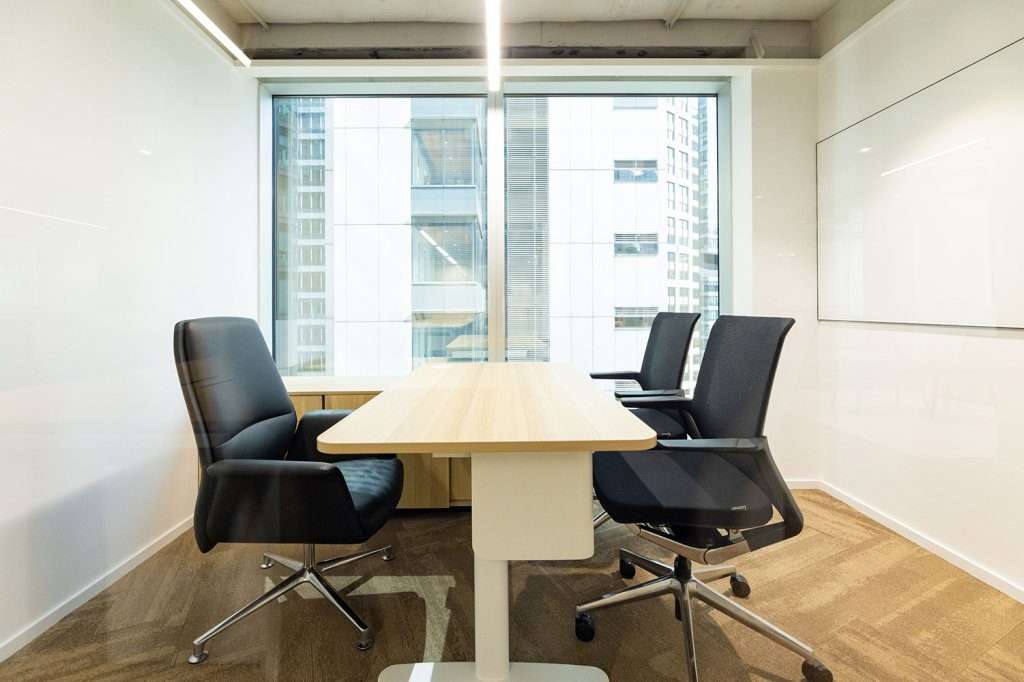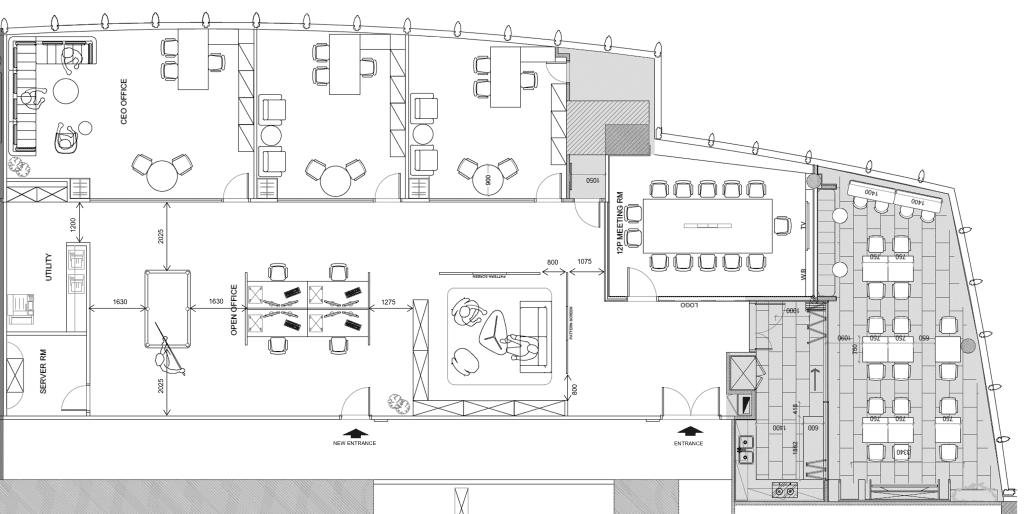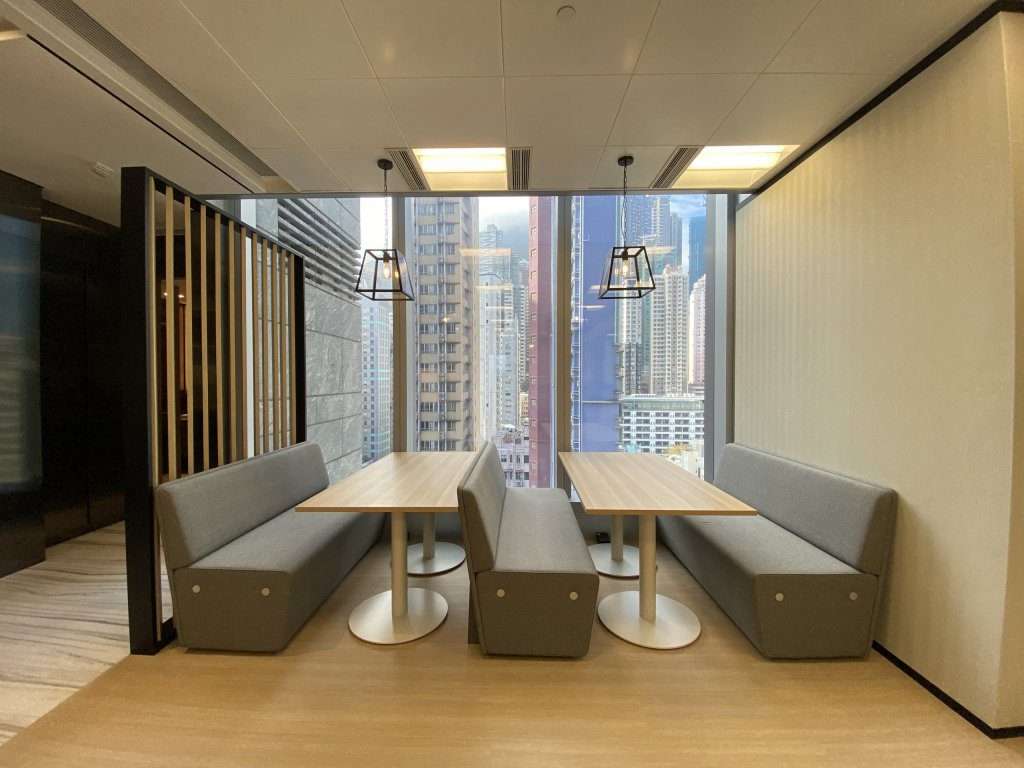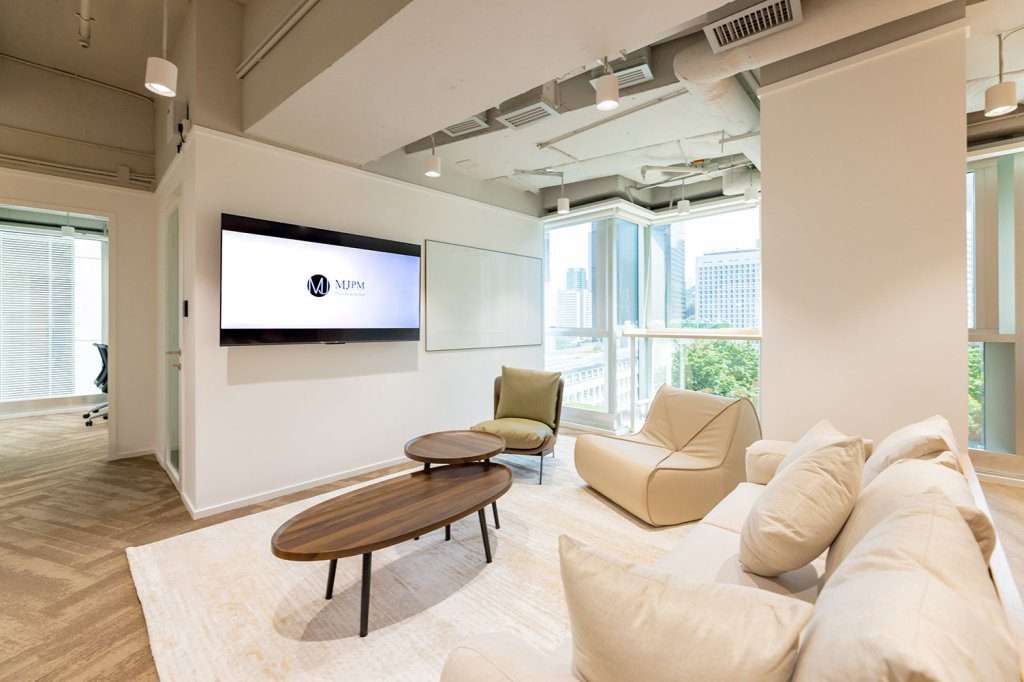The Great Importance of Ergonomic Office Design for Your Hong Kong Workspace
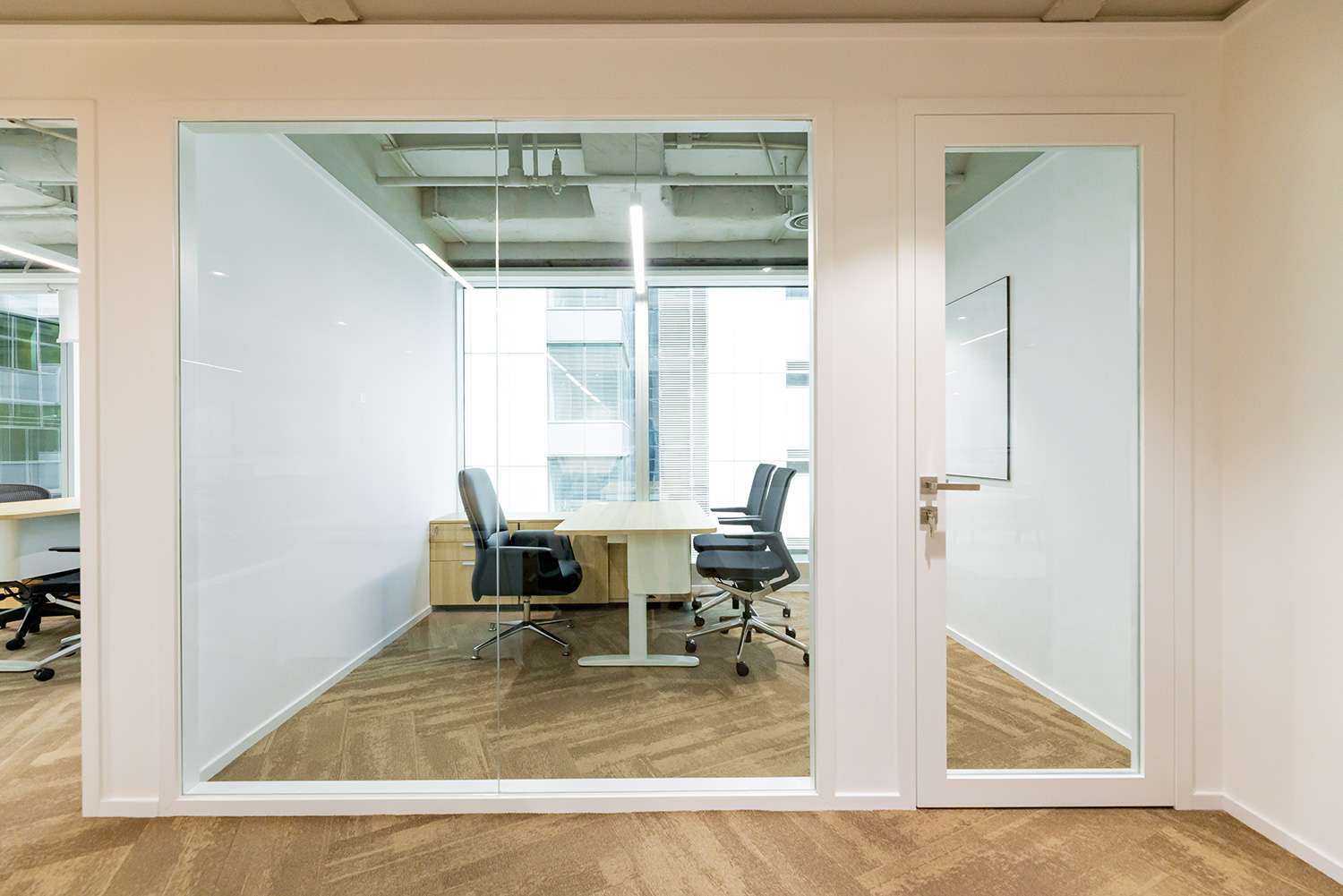
As an office design and build company with over 10 years of experience in Hong Kong, MJPM understands the importance of ergonomic office design for a healthy and productive workspace. In this blog post, we will delve into the benefits of ergonomic office design, discuss its critical components, and provide tips on how to implement it in your Hong Kong workspace.
What is Ergonomic Office Design?
The Science Behind Ergonomics
Ergonomic office design refers to the science of designing workspaces, tools, and equipment to fit the physical needs of employees. It takes into account the physical and mental well-being of employees to ensure that they can work efficiently and comfortably. This involves considering factors like posture, workspace layout, and lighting, among other things.
The Origins of Ergonomics
The concept of ergonomics dates back to the early 20th century when researchers first started examining the relationship between workers’ physical environments and their efficiency. Over time, ergonomic principles have evolved and expanded to encompass various aspects of office design, from furniture and equipment to lighting and acoustics.
Benefits of Ergonomic Office Design
Improved Health and Well-being
A well-designed ergonomic workspace can help prevent work-related injuries, such as musculoskeletal disorders, repetitive strain injuries, and eye strain. By reducing physical stress on the body, employees can maintain better overall health and well-being.
Enhanced Productivity
Ergonomic office design has a direct impact on productivity. When employees feel comfortable in their workspace, they can focus more effectively and be more efficient in their tasks. A well-designed workspace also promotes better collaboration and communication among team members.
Reduced Absenteeism and Turnover
Investing in ergonomic office design can lead to reduced absenteeism due to work-related health issues. This, in turn, can result in lower staff turnover rates and a more stable workforce.
Increased Job Satisfaction
Employees who work in ergonomically designed offices tend to have higher job satisfaction rates, as they feel that their employers prioritize their well-being. This can lead to higher levels of engagement and loyalty to the company.
Cost Savings
While investing in ergonomic office design may seem expensive initially, it can result in long-term cost savings. By reducing the likelihood of work-related injuries, you can save on healthcare costs and lost productivity due to absenteeism.
Critical Components of Ergonomic Office Design
Ergonomic Furniture
Ergonomic furniture is designed to support the body and minimize strain. Adjustable chairs, desks, and other equipment that can be tailored to suit individual needs are essential in creating a comfortable workspace.
Workspace Layout
An efficient workspace layout promotes comfort and productivity. This includes placing frequently used items within easy reach, creating designated spaces for different tasks, and ensuring that walkways are clear.
Lighting
Proper lighting is crucial for reducing eye strain and maintaining a comfortable workspace. Both natural and artificial lighting should be considered, and adjustable options can help accommodate individual preferences.
Acoustics
Soundproofing solutions and noise-reducing materials can help minimize noise disruptions and create a more peaceful work environment. Acoustic panels, carpeting, and other materials can be used to control sound levels.
Temperature and Air Quality
Maintaining a comfortable temperature and good air quality in the office is essential for employee well-being. Installing efficient HVAC systems, utilizing air purifiers, and incorporating natural ventilation can improve the overall work environment.
Technology
Incorporating technology that supports ergonomic principles is vital in creating an efficient workspace. This includes using ergonomic keyboards, mice, and monitor stands to minimize strain, as well as implementing technology that encourages movement, such as sit-stand desks and wireless headsets.
Breakout Spaces
Providing designated breakout spaces where employees can relax and recharge is an essential component of an ergonomic office design. These spaces can include comfortable seating, natural light, and calming elements such as plants and water features.
How to Implement Ergonomic Office Design in Your Hong Kong Workspace
Assess Your Current Workspace
Before making any changes, it’s essential to evaluate your current workspace. Identify any potential hazards and areas where improvements can be made. This may involve consulting with an ergonomic specialist or conducting a workplace assessment.
Develop a Plan
Once you’ve identified areas for improvement, create a detailed plan outlining the changes you want to make. This plan should include a timeline and budget for implementing the changes, as well as any necessary resources, such as hiring a professional office design company like MJPM.
Involve Employees
Engage your employees in the ergonomic office design process. Encourage them to provide input and feedback on the proposed changes. This will help ensure that the new design meets their needs and preferences.
Invest in Ergonomic Furniture
One of the most critical aspects of ergonomic office design is choosing the right furniture. Invest in adjustable chairs, desks, and other equipment that can be tailored to suit individual needs.
Optimize Workspace Layout
Ensure that your workspace layout promotes efficiency and comfort. This includes placing frequently used items within easy reach, creating designated spaces for different tasks, and ensuring that walkways are clear.
Address Lighting and Acoustic Needs
Proper lighting and acoustics play a significant role in creating a comfortable workspace. Provide ample natural and artificial lighting, and consider soundproofing solutions to minimize noise disruptions.
Monitor and Adjust
Once you’ve implemented your ergonomic office design, regularly monitor its effectiveness and make adjustments as needed. Encourage employees to provide feedback on any issues or concerns they may have.
Provide Training and Education
Educate your employees on the importance of ergonomics and how to properly use ergonomic equipment. Offer training sessions and workshops to help employees understand the benefits of ergonomic office design and how to maximize its potential.
Conclusion
Ergonomic office design is essential for the health and productivity of your employees. By investing in ergonomic solutions, you can create a workspace that promotes well-being and efficiency. MJPM is here to help you design the perfect ergonomic workspace for your Hong Kong office. Contact us today to learn more about our office interior design services and how we can help you create a healthy, productive work environment.
